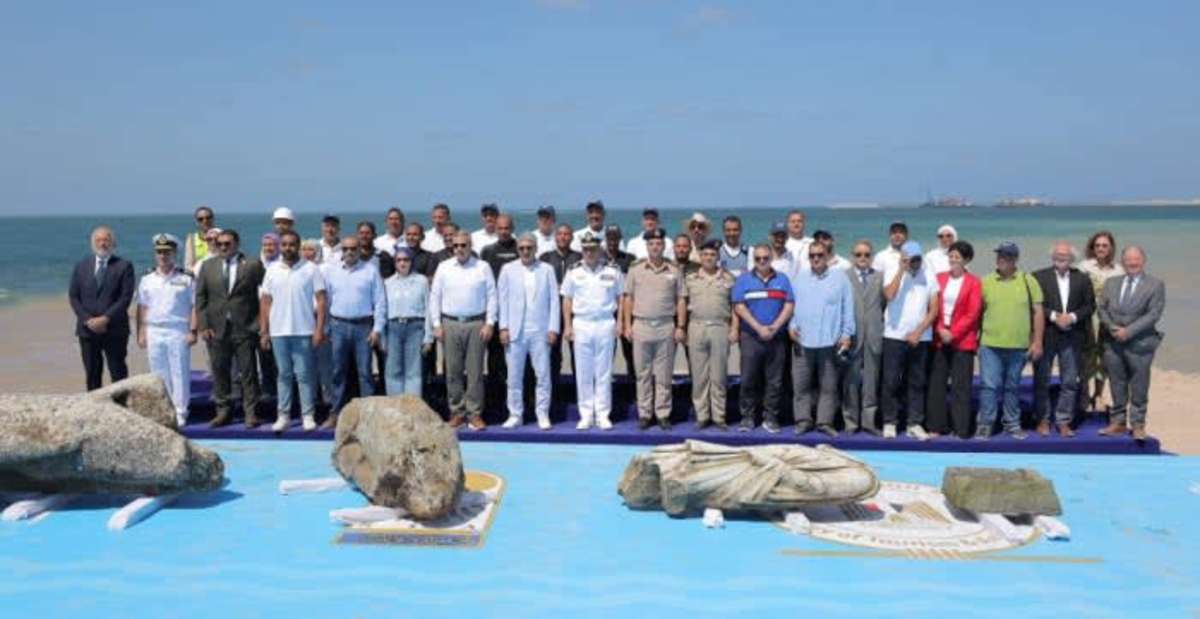Marine archaeologists in Egypt have successfully extracted three 2,000-year-old statues from a sunken city in the country’s first underwater recovery operation in 25 years, Ancient Originsreported.
Ancient Treasures Harken Back to Egypt’s Past
Researchers who pulled the ancient treasures from Abu Qir Bay believe they belonged to the city of Canopus, once the hub of Mediterranean trade routes. The most magnificent of the artifacts recovered is a statue signed with the royal inscription of Ramses II, who ruled Egypt during the 19th Dynasty. “This remarkable milestone reaffirms Egypt’s commitment to safeguarding its unique cultural heritage,” Minister Fathy told Ahram Online. Another statue depicts an unidentified man and was crafted in the late Ptolemaic period. It’s a remarkable and rare combination of Greek and Egyptian methods crafted with Hellenistic artistic traditions which dominated the culture at that time. The third is a white marble statue depicting a Roman nobleman, created around the end of the Egyptian empire when the country was a province of the Roman Empire.
Egyptian Ministry of Tourism and Antiquities
Egyptian Ministry of Tourism and Antiquities
Egyptian Ministry of Tourism and Antiquities
More Artifacts Awaiting Discovery
Mohamed Ismail Khaled, Secretary-General of the Supreme Council of Antiquities, called Abu Qir Bay a “living witness” to Egypt’s extensive past, adding that more archaeological discoveries are likely awaiting below the water’s surface. The site is home to a vast Roman-era settlement which includes residential and industrial buildings, a commercial dock, and churches. Previous excavations have turned up sphinxes, statues, coins, and anchors from Pharaonic, Ptolemaic, Roman, Byzantine, and Islamic periods. This most recent excavation is one of Egypt’s most significant underwater recovery operations in history. Officials marvel at how the waters of Abu Qir Bay seem to preserve the artifacts below its waters, awaiting the day when archaeologists bring them to the surface.
